In simple terms, blockchain is a secure database. It has several stages of information protection, so it is much more difficult for attackers to penetrate the system.
Content ▼
- The essence of blockchain
- Why is blockchain safer than a database?
- Let's talk about hashing
- Where blockchain can be used
- How programming and blockchain are related
- Perspectives on blockchain
- Types of blockchain
- How new blocks are created
- Blockchain Problem
- Features of blockchain
- Examples of blockchain use by large companies
Literally, blockchain can be translated as "chain of blocks". Today let's talk about how this system works and what are its advantages.

Blockchain is a network on the basis of which it is possible to create online services. An example is the Ethereum platform, on its basis, places for trading tokens and selling NFT are created.
The essence of blockchain
There is a block. It stores information. It cannot simply be accessed and changed, as it is prevented by hashing (encryption). The blocks are linked together by keys (what you might call hashes). If a fraudster changes the information in one of them, subsequent keys become invalid. This is an additional degree of protection.
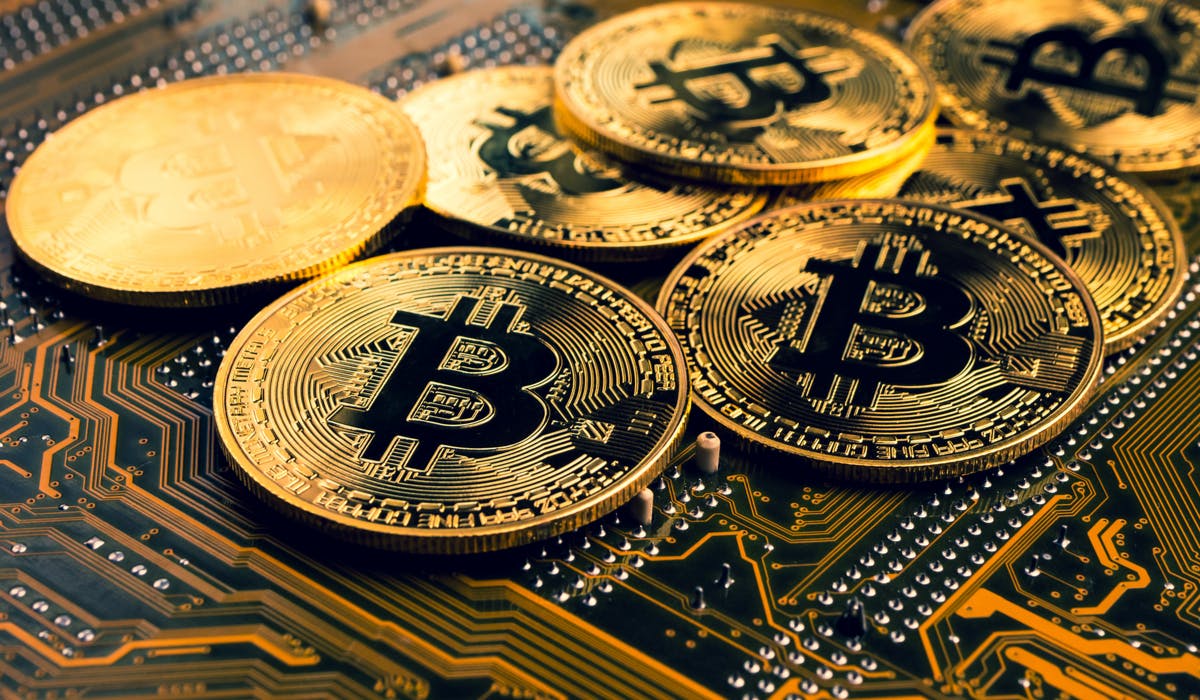
The blockchain can store any kind of information. Not just bitcoins. Simply with cryptocurrency began the development of this area.
Why is blockchain safer than a database?
When you transfer money to someone, the transaction data is stored as a regular string in a database. If an attacker accesses the database, they will be able to see not only your transaction information, but also everything about other users. Blockchain has several stages of protection that make it difficult to gain access to the information.
The difference between a regular database and a blockchain can be summarized in three points:
- In a blockchain system, information cannot be deleted or changed. In conventional databases, this can be done.
- In a database system, you cannot achieve decentralized control.
- In blockchain, each company has a copy of the register. Its authenticity is maintained by the system itself.

Major players are aware of the advantages of blockchain technology. For example, Sberbank conducts research and works with business solutions in this direction.
Let's talk about hashing
Let's say we wrote a 200-page book and added it to the blockchain. The resulting cipher was 128 characters. Then we reread the book, found an error in it, and corrected it. The cipher could change almost completely.
Hashing is when any information is encrypted and the output is data of a fixed size (e.g. 64 characters). It has advantages:
- Security. Hashing is a one-way operation. It is easy to convert something into it, but the reverse process is extremely difficult. And if you change the data inside the block, the hash will also change.
- Easier data validation. In bitcoin, the hash of a block includes the hash of the previous block. This way, the entire chain can be verified.
- Space saving. Instead of storing the full amount of information, you can simply store hashes.
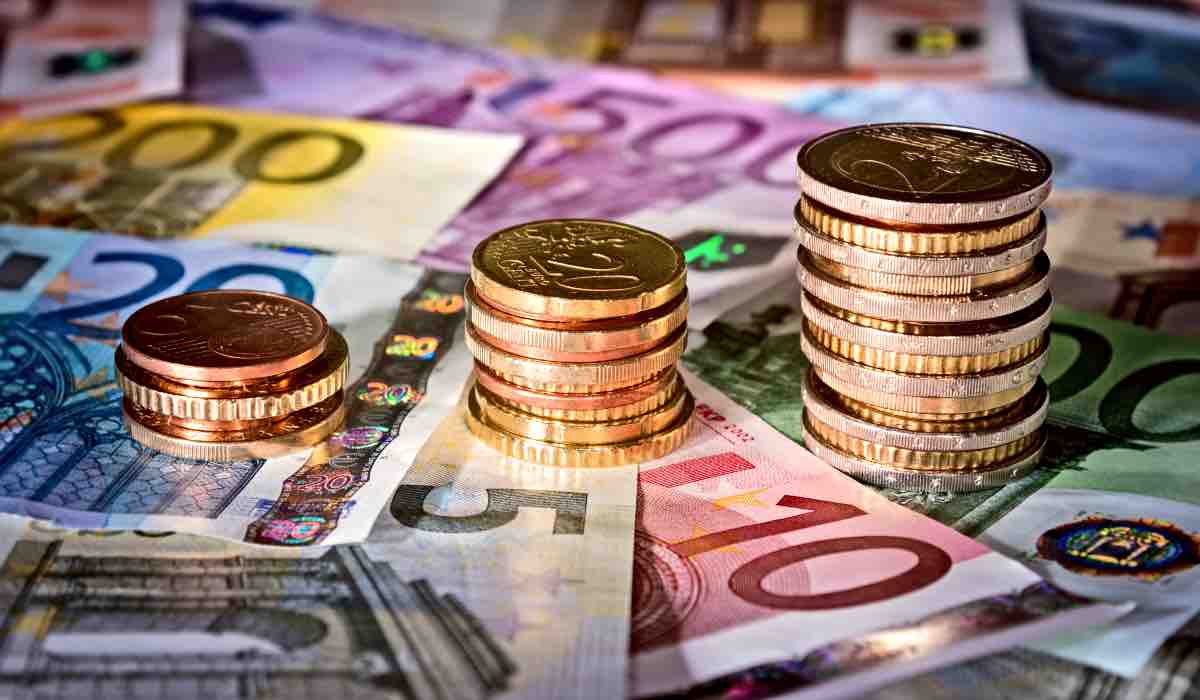
Hashes can be called one of the foundations of blockchain. They come in different sizes. There is the MD5 algorithm, which has 128 bits. And there is SHA 256, where there are 256 bits.
Where blockchain can be used?
There are several areas where blockchain can be used:
- Sales. The technology is used for cryptocurrencies. You can buy and sell goods by exchanging bitcoins or other crypto.
- Logistics. Everyone will use the same type of documentation that cannot be altered or tampered with. This reduces fraudulent schemes and disagreements.
- NFT. In some ways it resembles a document that confirms that the user owns a digital object. Specifically this technology already works with the help of blockchain.
- Security. Any company that needs document security can use blockchain. This approach also eliminates mistrust between the two parties in any transaction. All data will be tracked and the quality of services will increase.
❝ Blockchain can come in handy wherever user information needs to be protected. If an organization does not want fraudsters to steal customer data, it can always use this technology.❞
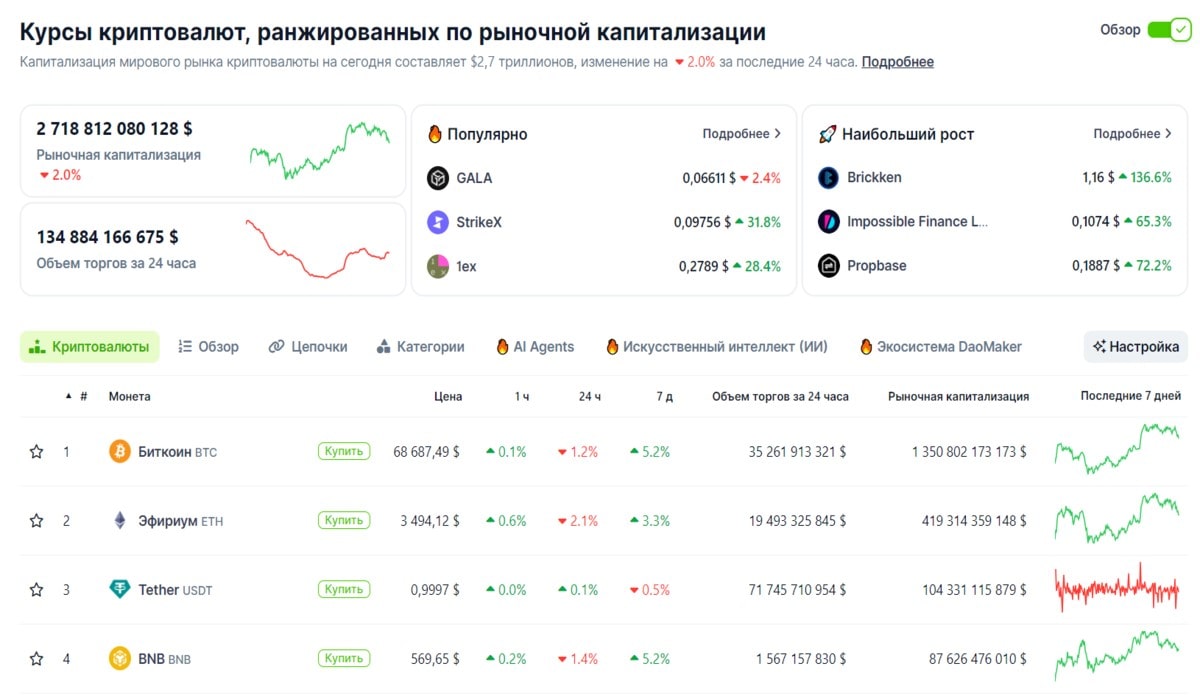
On this site, you can see the capitalization of all cryptocurrencies in the world. The mark has now passed $2.6 trillion. France's GDP is 2.9 trillion dollars. And the global GDP is about $163 trillion dollars.
How programming and blockchain are related
Programming languages are used to create smart contracts - rules written in the form of code. They are executed when certain conditions are met. This method allows you to get rid of unnecessary intermediaries.
Usually integrated into the blockchain code. An example of a smart contract is the purchase of cryptocurrency between two users. Let's consider just some of the languages that can participate in the creation of a blockchain.
- Solidity. It appeared in 2015. Etherium is written on it. These are special languages that are designed to create a blockchain. They were not written from scratch either, usually some more popular language is taken.
- Python and other universal languages. They are simple and have a low threshold of entry. Because of their popularity, there are many libraries useful for interface creation.
Python is one of the most sought after programming languages in the world. Programs and applications are written in it. We have several courses at once, which will help you learn different subtleties of this language. Come and sign up for our lessons!
- C++. Bitcoin source code is written in it. Low-level languages are usually used to write a blockchain from scratch. They can access memory and processor. This will make the programs compact and fast. C++ is one such language.
It is important for some blockchain developers to know how to work with web applications. Therefore, he should also know the basics of web design. These include HTML, CSS, JS, etc. This knowledge will help make the platforms more functional.
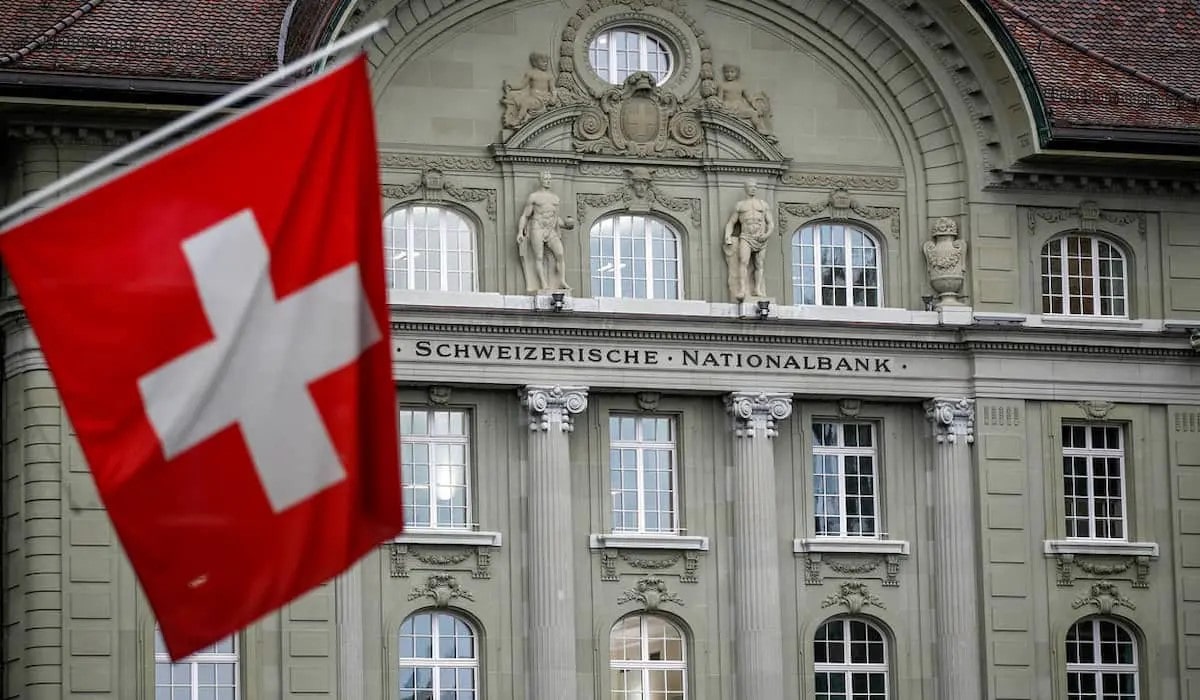
In Russia, blockchain is relatively unpopular. There are examples of its use in the country, but there is no mass excitement. But now all states are forced to reckon with this system. Liechtenstein, for example, has adopted a special law preventing money laundering. And Switzerland has made special amendments that integrate the system into the economy.
Prospects for blockchain
As soon as blockchain technology appeared, it immediately began to gain popularity. All because users were able to appreciate the benefits of decentralization and security. Over the past 5 years, people have learned about Bitcoin and Efirium, people are now aware of them, even those who are not interested in crypto at all are now aware of it.
There is even a meme crypto called Dogecoin on the internet. The joke got out of control and now it has 2.7 million followers on social network X.
Let's briefly describe how modern technology will affect the development of the industry:
- Blockchain will be solved. This means that cryptocurrency will be able to become both popular, more secure and decentralized.
- Web3 platform opportunity. Right now, web platforms are centralized and managed by one or a few companies. Adding blockchain to this structure will help make them more secure and anonymous.
- Improved reputation. It is important because it shows that blockchain is useful. It means that new people will come into the sphere. The role of financial intermediaries will decrease, so transfers will become cheaper and safer.
Perhaps even politics will be affected by the changes. For example, the online voting procedure will become simpler. It will also be more secure, as the results will be almost impossible to fake.
Blockchain is unlikely to replace centralized systems. It is much more honest to say that it will occupy its niche in the market, but no more. Thus, some experts claim that up to 10% of the world's GDP will be stored in crypto. But this is only a prediction, the result may turn out to be different.
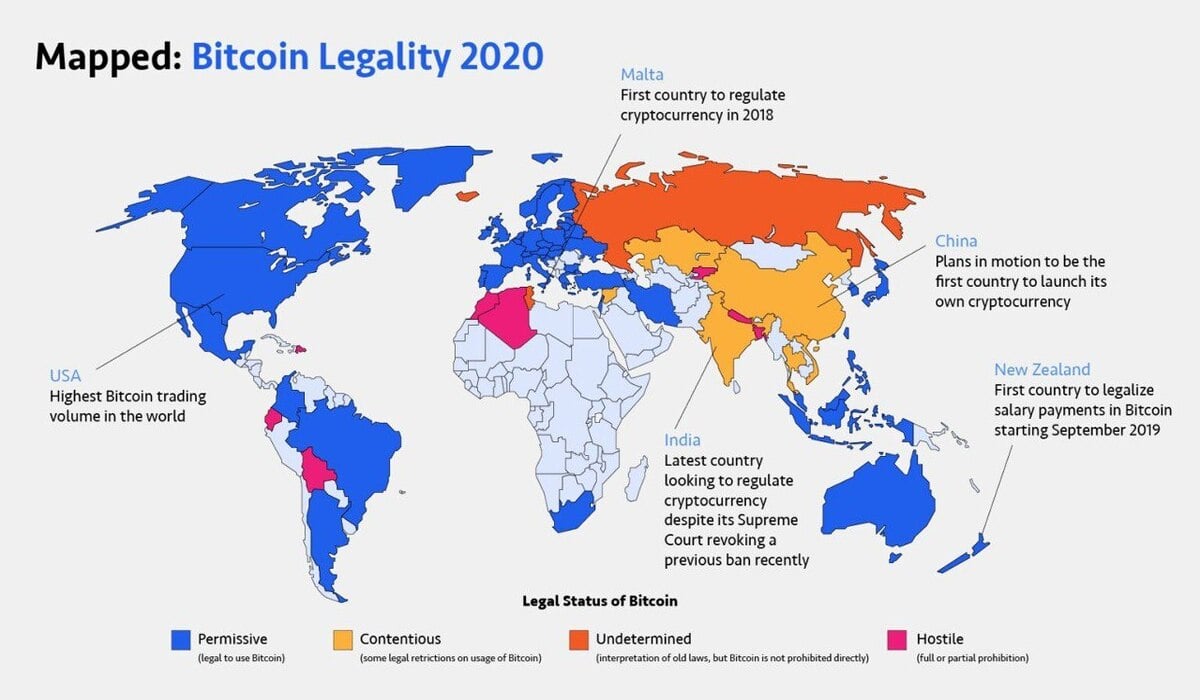
Despite the growth, cryptocurrency is treated with distrust in the world. It is mainly accepted by Europe and North America. In Asia, cryptocurrency can be paid in Japan and the Philippines.
Types of blockchain
There are several types of systems that can be used for different needs:
- Public. Anyone can connect to the network. The difference is the rights to read, edit, and verify information. An example of a public blockchain is Bitcoin.
- Private. These are controlled by members of a single organization that decides who can join the network and who cannot.
- Hybrid. Combines the previous two options. Companies can create multiple types of networks.
- Consortia. This is when multiple organizations are responsible for the blockchain.
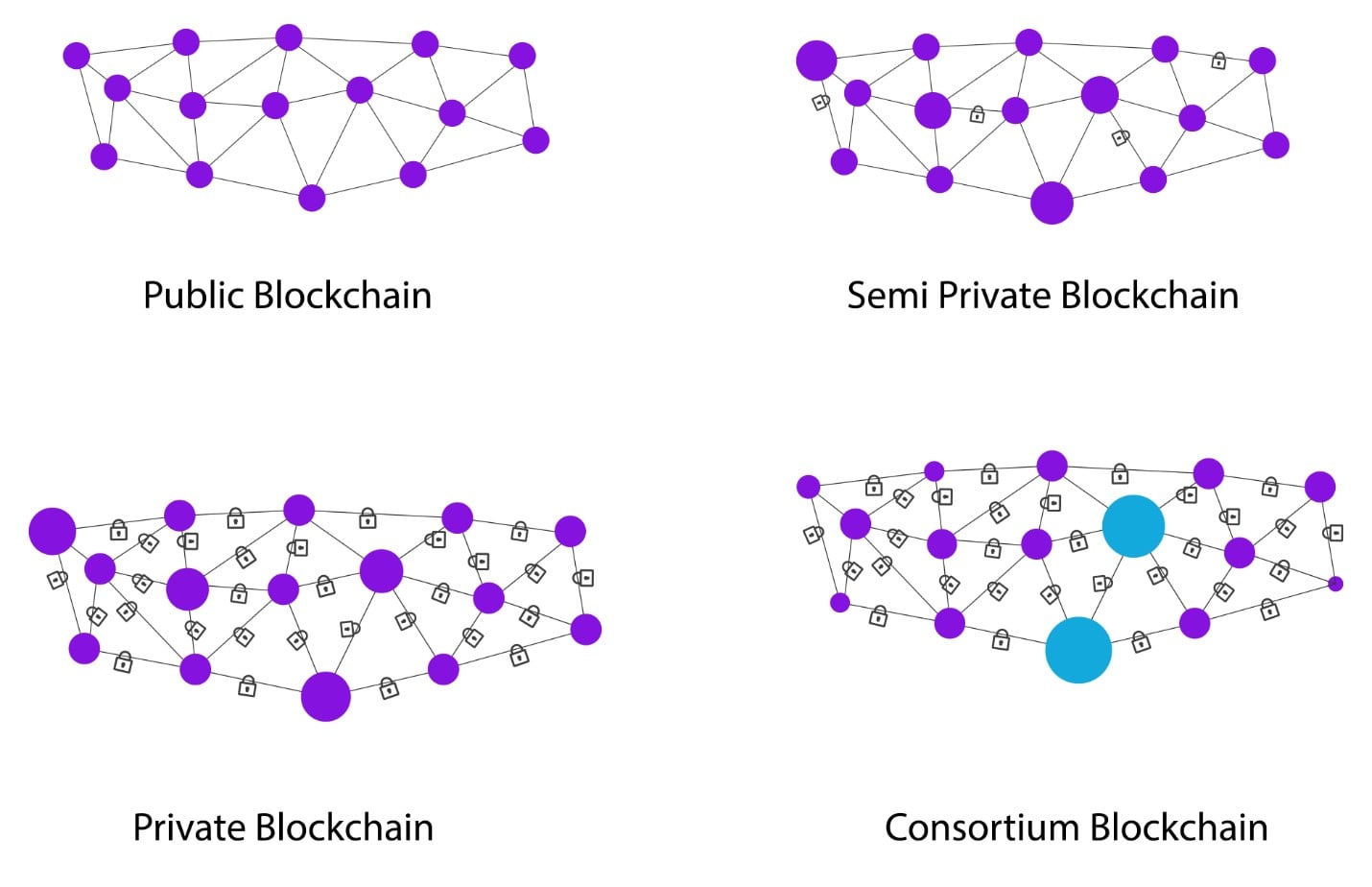
Private blockchains are used by large companies. The network is still secure, but it is no longer decentralized. That is, the principle is not fully realized.
How new blocks are created
In large networks, powerful hardware is required to create new blocks. That's why miners (people mining cryptocurrency) need so many graphics cards. A transaction is taken from the shared queue and a unique hash is selected for it.
Now let's look at how blockchain works:
- First, a transaction is recorded.The blockchain takes into account who was involved in the transaction, what was transferred, the reasons for the contract, etc.
- Consensus is reached. Most networks have different procedures for this.
- A block is created, a hash is added, and links are established with other blocks.
- The resulting information is distributed across the blockchain network.
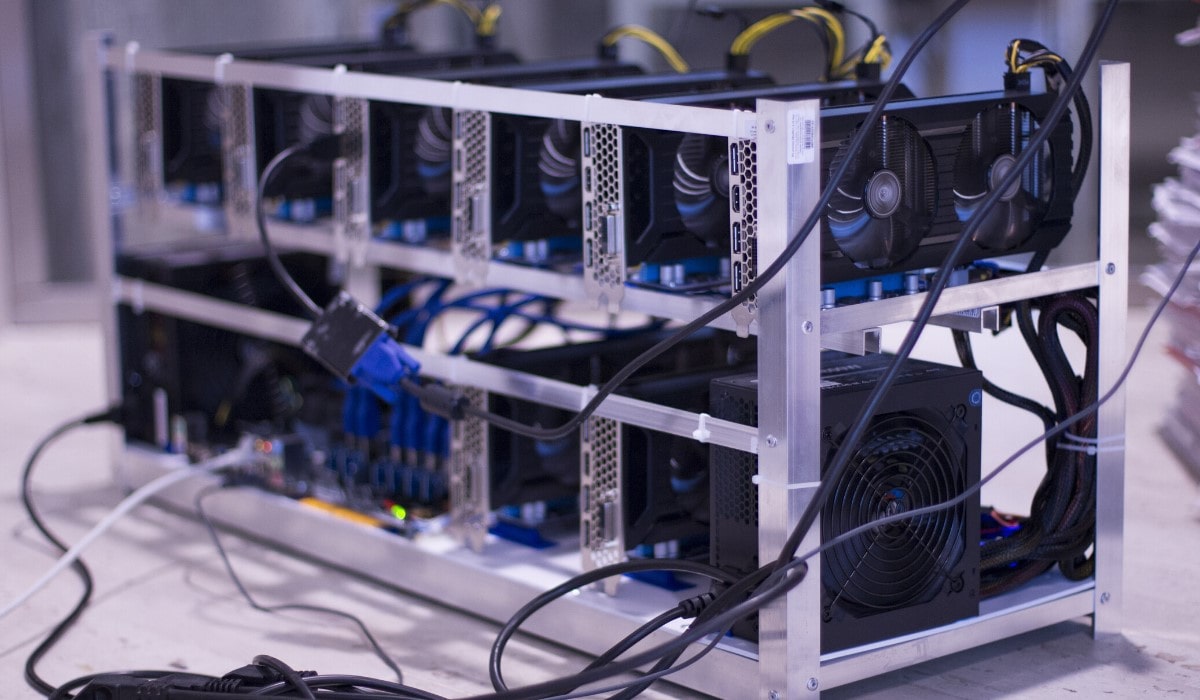
For adding new blocks to the chain, the miner is rewarded with bitcoin.
Blockchain problem
Vitalik Buterin (creator of the Ethereum cryptocurrency) described the blockchain with three elements:
- decentralization;
- security;
- scalability.
He highlighted the problem: it is impossible to achieve an optimal level in all three properties.
The components carry the following meaning:
- Scalability. The blockchain should process as many transactions per second as possible.
- Security. This includes protection from various hacker attacks. Attackers will not be able to take over and access transactions.
- Decentralization. Blockchain is open to anyone who wants to participate in it.There is no single person or organization responsible for everything.
If the network isn't decentralized, it's easier for attackers to join.That doesn't mean they will definitely be there, just that the likelihood is slightly increased.
If you increase scalability, decentralization will suffer.Bitcoin processes about 7 transactions per second.Visa's is 24,000.
The problem is relevant for our time, but it may be solved in the future. Blockchain did not appear until 2008.Then it could be used for bitcoins.But in the future, the network allowed to participate in asset transfer transactions.For 16 years, hundreds of millions of people have learned about blockchain, it is unlikely that its development will slow down.

Also, mining hurts the environment. In 2021, mining farms consumed 119 terawatt hours of electricity. This is heating up the planet and causing glaciers to melt.
Features of the blockchain
Such a system has several features, so it is (for the moment) not suitable everywhere. Here is what they are associated with:
- Decentralization. You transferred money to a fraudster in the bank, but then realized that you were cheated. It's enough to write to support and then go to the police to solve the problem.With blockchain, the problems will be much bigger because the system is decentralized. There are no people to help you get your money back.
- The keys are in the form of a hash. The password to your wallet will be almost impossible to recover if you lose it. With a bank, this situation can be solved much easier.
- Storage. Blockchain is stored simultaneously on many computers.The larger the network, the higher the load. This means that users may need hundreds of gigabytes of storage.
Treat these issues as features, not drawbacks.Blockchain is an alternative to centralized systems, it's like an additional tool. No one says a saw is bad because you can't hammer nails with it.
Examples of blockchain use by large companies
Let's look at three examples of blockchain use cases
- Logistics company Morpheus Network provides smart contracts to firms. As a result, the speed of contracting is optimized and companies find it easier to complete documentation.
- After blockchain implementation by Ripple, international transactions are almost instantaneous.And thanks to that lack of intermediaries, the company has been able to reduce commissions on payments.
- The Roobee platform decided not to miss out on the huge volume of cryptocurrencies and allows you to invest with their help in valuable metals and stocks.
Also, cryptocurrency and blockchain allow small companies to get paid in bitcoins and ethereum.





